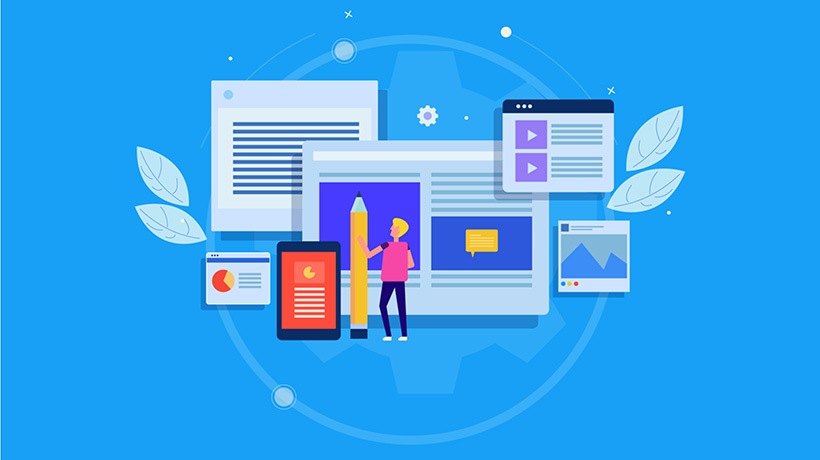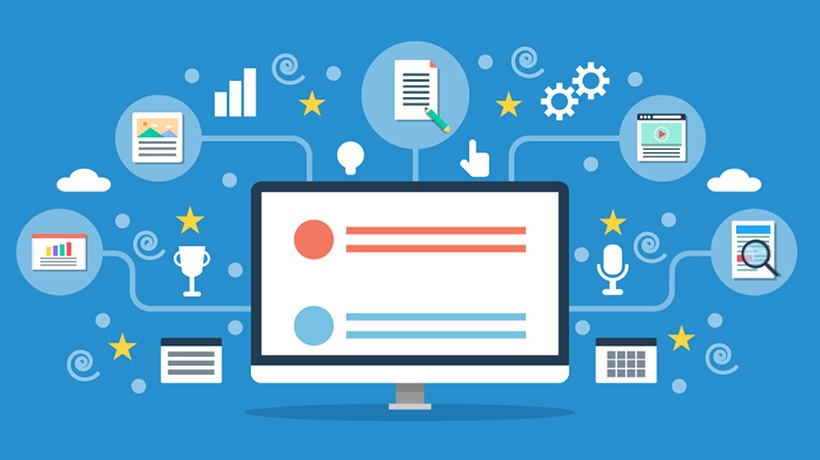5 Tips For Smart Content Designs

It's All About A Change Of Mindset
The heart of any eLearning or training program is the content. It plays a crucial role in ensuring that the learning objectives, and thereby business objectives, are met. Mediocre content along with excellent visuals will never help you achieve the goal but a simple, but well-crafted and well-structured content will surely take you towards it.
Here are 5 quick tips that you can keep in mind while designing content for learning programs.
1. Look At The Bigger Picture
What begins right also ends right. The initial analysis of learning content development is a crucial step as it lays a foundation for the entire course development. As Instructional Designers or content developers, do not just focus on developing the piece of content provided to you. Ask questions to the internal and client stakeholders, seek clarification, and make sure that you can see the big picture. Sometimes, during the pre-sales phase or while you get the download of the requirement, key information may be lost or you may not get complete information. Making proactive efforts to understand the things right to start with and seeking visibility into the bigger picture will give you all the power to be on top of everything.
2. Enjoy Being A Pseudo-SME
Since we work across a variety of domains, it is not expected from us to have mastery of the content. At the same time, let’s not forget that we end up playing pseudo or temporary SMEs on our projects. It is of utmost importance for us to understand the content that we are developing. We simply cannot repurpose and visualize the information that we do not understand. Do not be under the impression that you can rely on your SMEs for everything related to the content. SMEs are a great source of authentic and exact content, but they wouldn’t guide you about how to fit that into your form of learning. Remember that you have the perfect blend of design expertise and the ability to understand any given content. Use your skills wisely without relying on SMEs for everything.
3. Remember That You Are The Design Expert
Often, and especially when we are working for a highly technical domain, we feel restricted or have too much dependency on the SMEs and other stakeholders. Due to lesser hold on content, IDs tend to lose control over content design and the other stakeholders end up driving it. To ensure a justified use of everyone’s skill set, IDs and Visual Designers should be assertive with their design ideas. Strong collaboration, excellent communication skills, and a good understanding of the content would help you in conveying your design ideas assertively.
4. Think Beyond WBT And ILT
The need of the hour is to think beyond WBT and ILT. We must look at learning as an experience and not just a medium to upskill. We need to adapt our learning designs with the changing mindset and lifestyle of today’s learner population. Revolutions in technology have opened plenty of avenues for delivering the training. Device-agnostic training and the use of informal ways of delivering training has compelled us to look at content from a different perspective. We need not restrict ourselves to think within the constraints of WBT and ILT. You need to make efforts to think beyond the traditional modes of learning.
5. Don't Forget The Power Of Consulting
Perhaps the most important but often ignored aspect of our roles as professionals, irrespective of our designations and expertise, is the responsibility to act as a consultant. As eLearning professionals, all the project team members must act as consultants and add value for the betterment of the project or processes. Consulting is not necessarily a scholarly act or something which requires lengthy meetings, but something that can be done through small acts of providing smarter and quicker solutions. Organizations seeking learning solutions look forward to receiving advice from industry experts instead of a list of questions about what they are looking out for.
Each project situation and the work culture might not allow us sometimes to follow these practices. The idea is to start thinking in these directions and keep looking for opportunities to bring them into practice. I would be happy to hear your experiences and lessons learned while working on the content of different nature and with a variety of stakeholders. Feel free to comment below.




